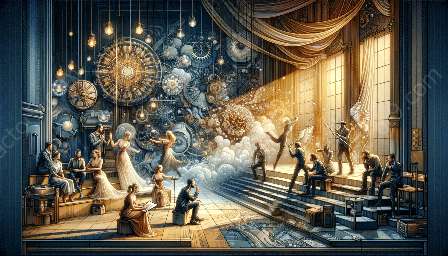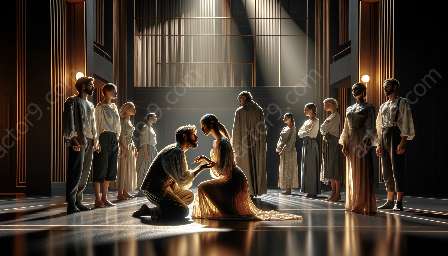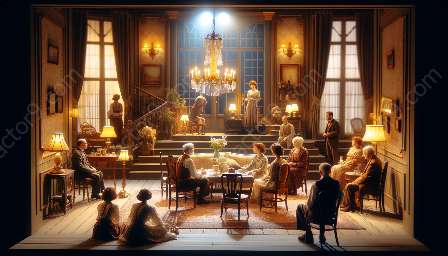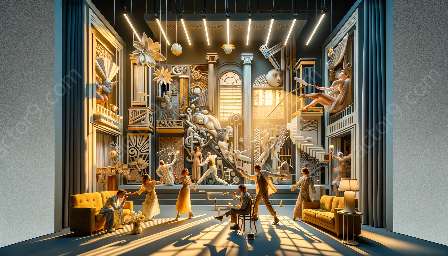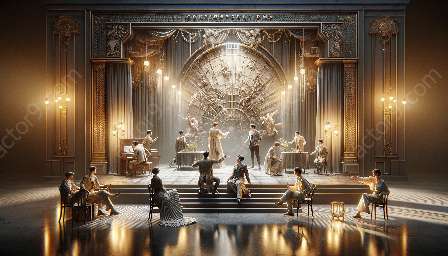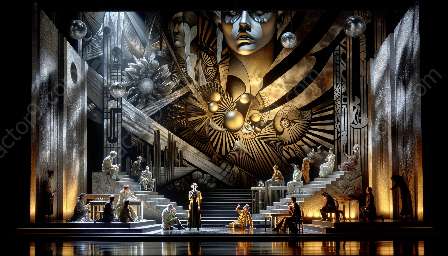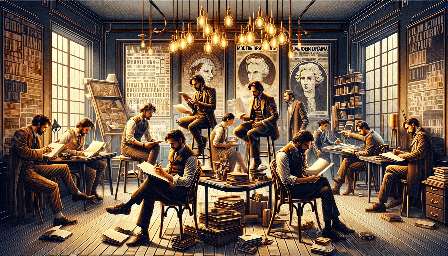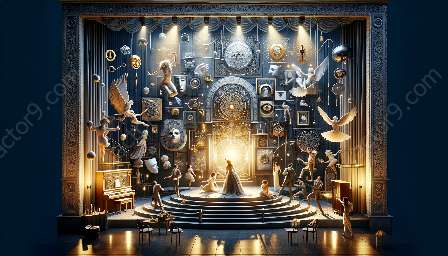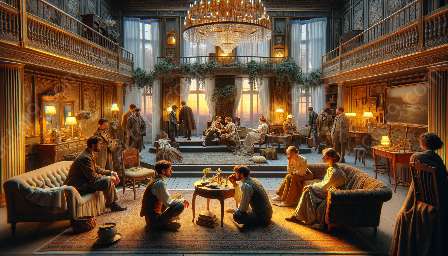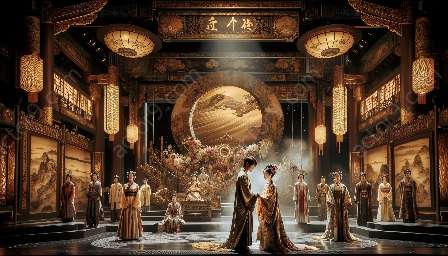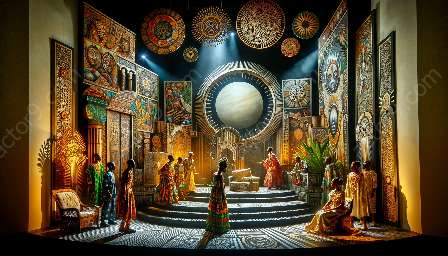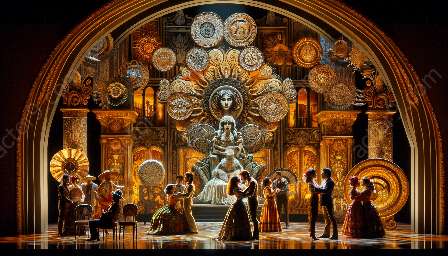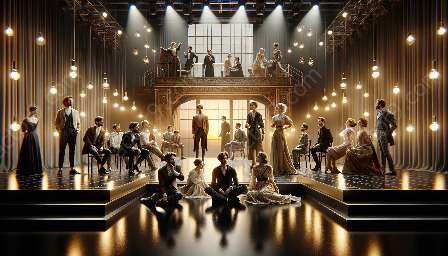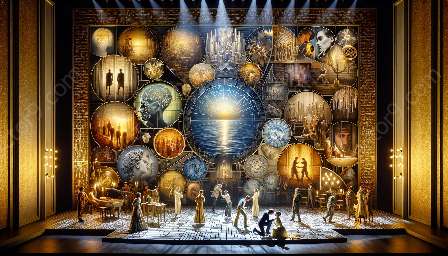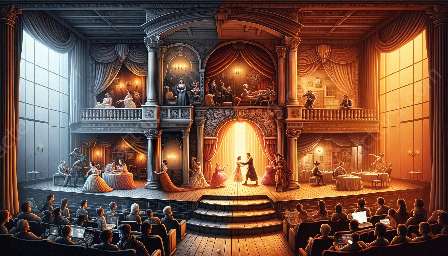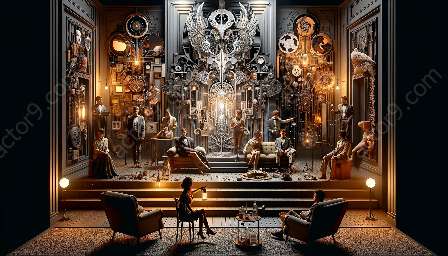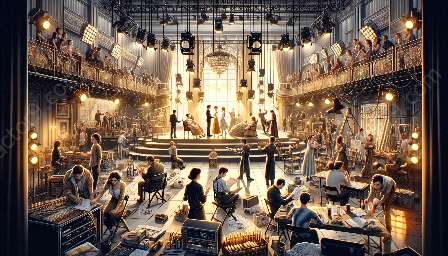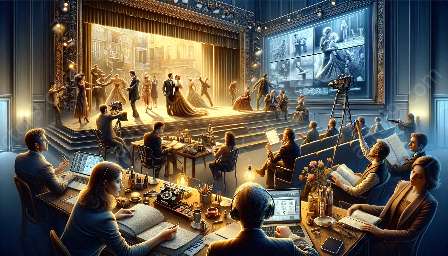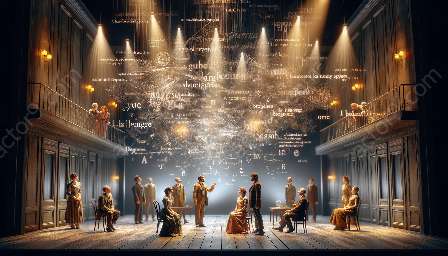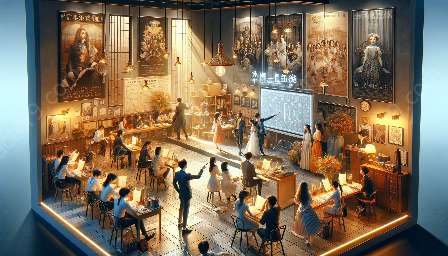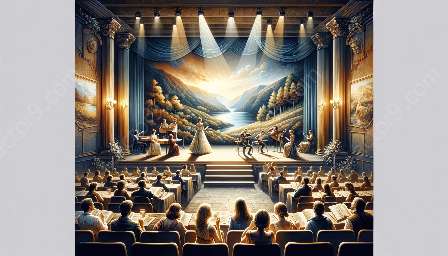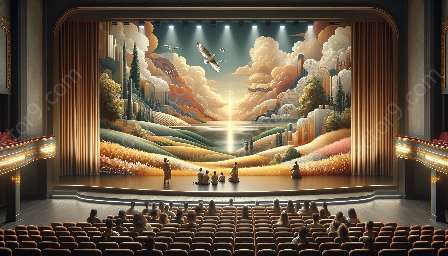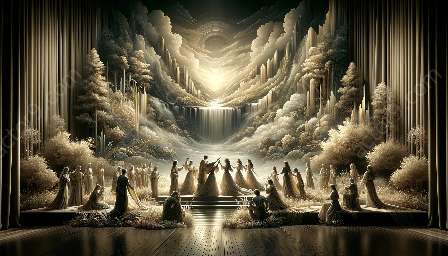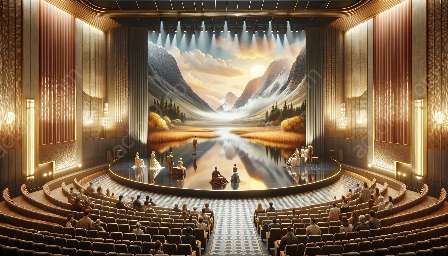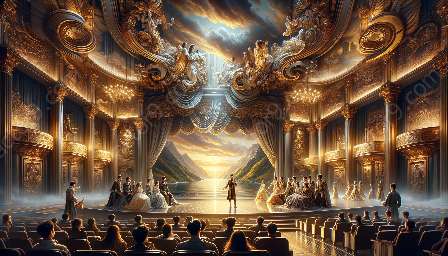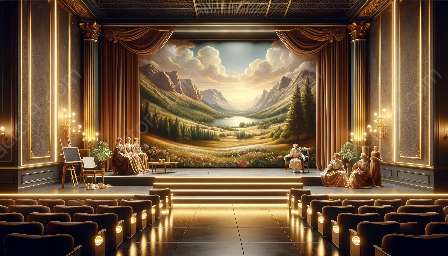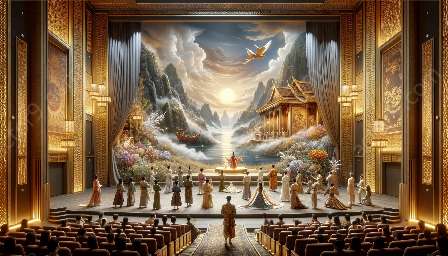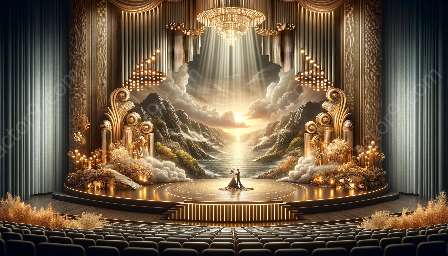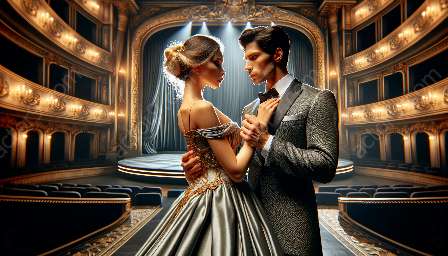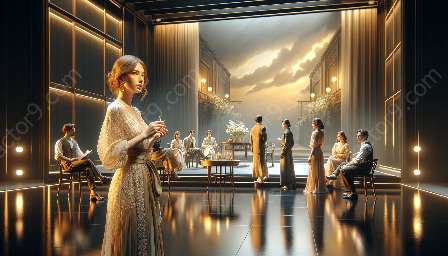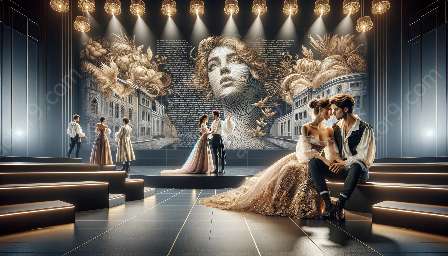The relationship between psychoanalytic theory and theater has sparked ongoing debates and critiques, especially in modern drama. Examining the compatibility of psychoanalysis and modern theater uncovers the ways in which psychoanalytic theory has influenced the development of modern drama.
Understanding Psychoanalytic Theory in Theater
Psychoanalytic theory, developed by Sigmund Freud, delves into the unconscious mind, exploring the influences of childhood experiences, desires, and the dynamics of the human psyche. This theory has been applied to various art forms, including drama and theater, to unearth the underlying motivations and behaviors of characters and to delve into the human condition.
The Influence of Psychoanalysis on Modern Drama
Modern drama has been deeply influenced by psychoanalytic theory, as playwrights and directors have explored the complexities of human consciousness and emotions. Characters in modern plays often reflect the inner workings of the human mind, grappling with repressed desires, unresolved traumas, and complex interpersonal relationships.
Critiques of Psychoanalytic Theory in Modern Drama
Despite its influence, psychoanalytic theory in theater has faced criticism. Some argue that overly relying on psychoanalysis can oversimplify characters and their motivations, reducing them to mere manifestations of Freudian concepts. Furthermore, critics contend that a strict adherence to psychoanalytic interpretations can limit the breadth of understanding and appreciation of the complexities of human behavior and emotion portrayed in modern drama.
Psychoanalysis and Modern Drama
The relationship between psychoanalysis and modern drama remains complex and multifaceted. While psychoanalytic theory has provided valuable insights into the depths of human consciousness and behavior, it is vital to consider the limitations and critiques of applying this theory to theatrical works. Ultimately, the dialogue between psychoanalysis and modern drama continues to shape the evolution of theater, prompting artists and audiences alike to engage in critical reflections on the human experience.


